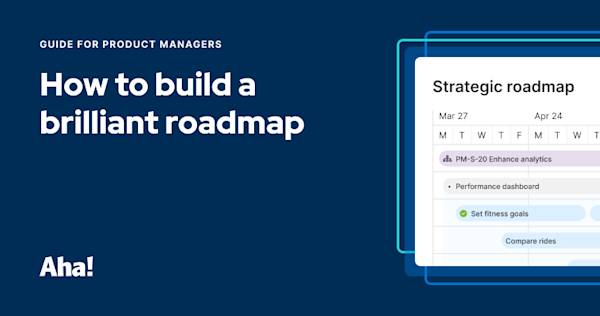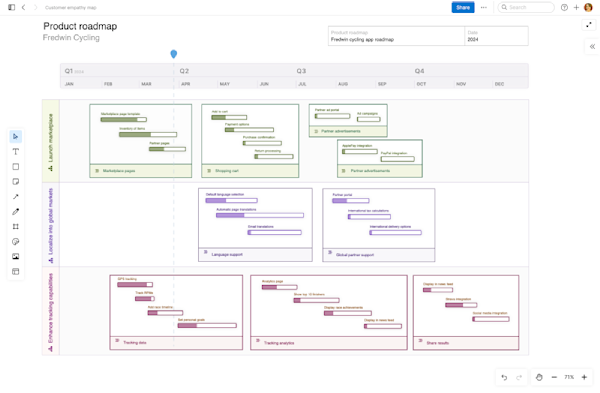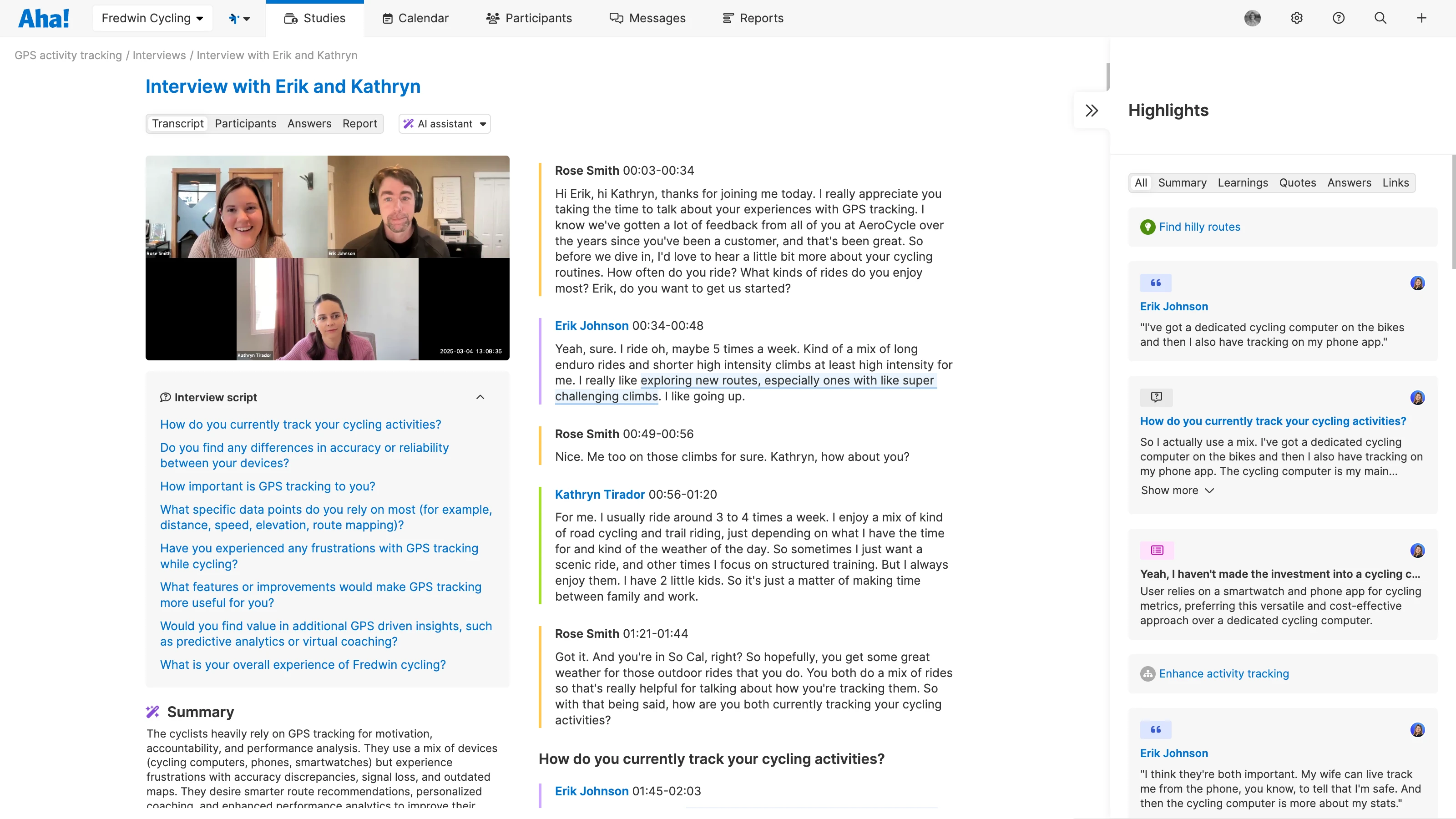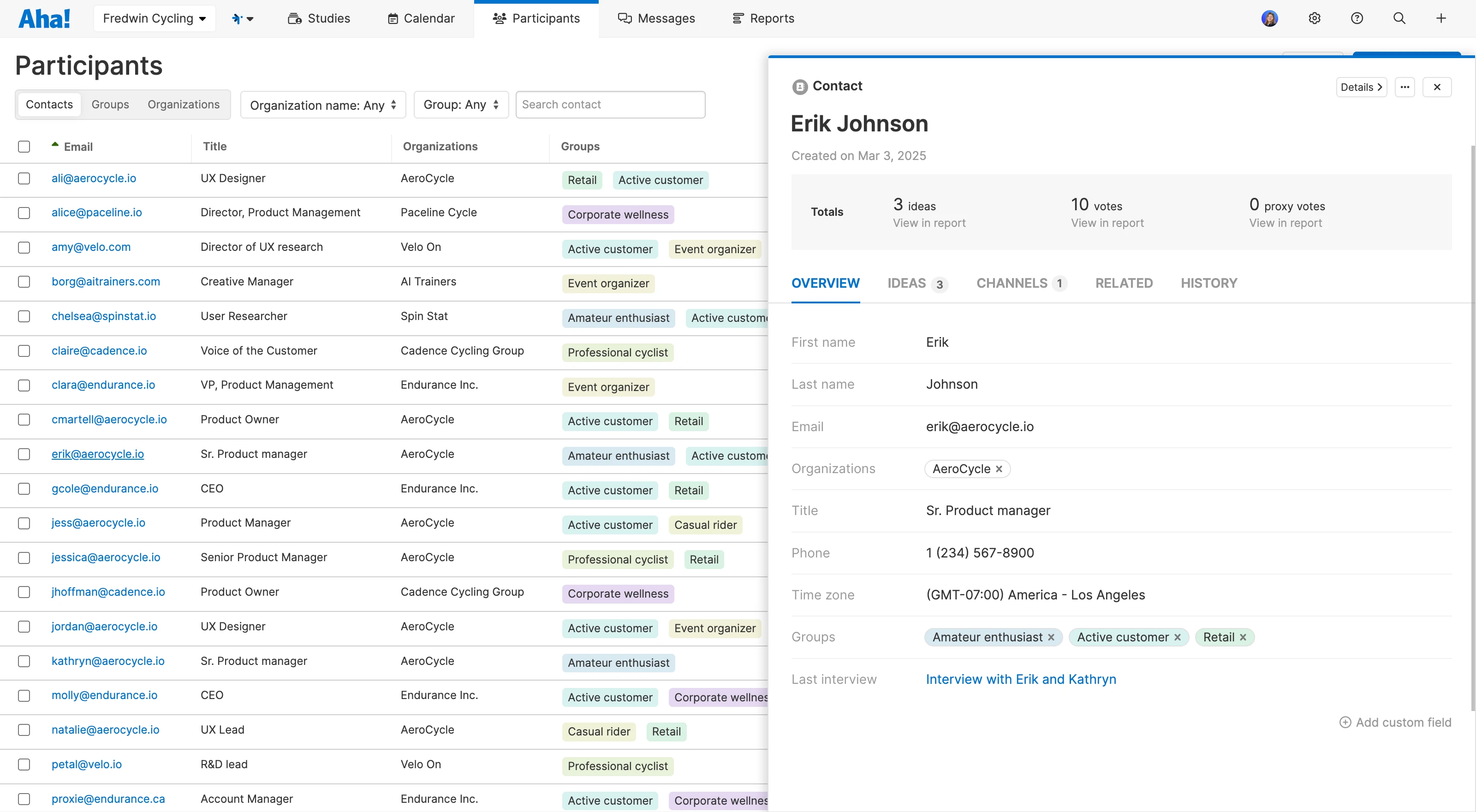Ask yourself:
What do we think we know?
What outcomes do we hope for?
What might surprise us?
What would make us change the product direction?
Capture these assumptions alongside your goals. That way, you will be able to tell the difference between what you believe and what customers are actually telling you when you start talking to them.
How to write a customer interview script
A thoughtful interview script is key. It helps you stay focused on questions that matter to your research goals. But keep a careful balance — you want to structure the session without turning the conversation into a checklist.
Plan a basic flow
Start by outlining a general path for the discussion, how long you want to spend on each segment, and broad ideas of what to cover. Keeping it simple will help you stay flexible. For example:
Intro (5 min.): Introduce yourself and what you are working on. Explain why their perspective matters.
Current experience (5-10 min.): Understand how the customer solves the problem today.
Exploration, feedback, or testing (15 min.): Share concepts, wireframes, or existing product features with the customer. Observe how they engage. Note where they pause, what they ignore, and what excites them.
Follow-up (5-10 min.): Dig deeper into what you have learned so far with further questions.
Wrap-up (5 min.): Summarize what you heard and ask what you might have missed. Share your thanks and any next steps.
Draft the script and choose interview questions
Scripting an introduction to the interview is easy enough. But it is tricky to know what to ask. You want to uncover insights that will support your research goals — all while staying curious about new ideas that emerge and discreet about your own opinions.
Avoid questions that start with phrases like "would you use … " or "do you like … " This encourages people to speculate or answer positively out of politeness. Participants may even respond with a vague "maybe" or "sure" just so you move on.
Instead, anchor in reality. Choose questions about behavior, experiences, and expectations. This will reveal how your customers act, think, and feel, which is what you really need to know to make better product decisions.
The same goes for the rest of your script. Transparency from you sets the tone for a more honest and open interview. Here are a few ideas to help you set up your script in this way:
👎 Instead of saying ... | 👍 Say this instead |
"We are excited to show you something great we’ve been working on." | "We are here to learn — I want to know what is and isn't working for you." |
"Would a feature like this help solve your problem?" | "Walk me through how you handle this today. What have you tried?" |
"How often do you use this feature?" | "Tell me about the last time you used this feature." |
"What is wrong with this design?" | "What would you expect to happen here? What is confusing or missing?" |
Test it out
You do not need to talk to customers to start practicing. Try out your interview script with a teammate or run it through an AI tool to catch awkward wording or leading questions. This can also help build your confidence for the real thing.
Remember: Do not get hung up on sticking to the script. It can be more valuable to explore the unexpected ideas that come up in customer conversations — even if they stray from your original plan.
Related:
How to choose software for managing customer interviews
Product discovery is not a project you complete. It is a continuous process to bring the voice of the customer into your biggest product decisions. As you prepare to do user interviews, consider how you will manage this ongoing research.
Some product teams try to take notes and summarize key themes in ad hoc presentations. Others attempt to shoehorn discovery work into existing CRM tools. But these options do not really cut it. To do discovery right, you need tools that can help you:
That is a lot — certainly more than a few docs and slides can handle. And it is why we built our own product discovery tool for this work.
Use software built for product discovery
If you want customer interviews to be a repeatable practice that drives real product innovation (and not just a one-off scramble for feedback), you need software to support the process. We built Aha! Discovery for product teams that want to get better at this — ourselves included. It gives you one place to manage research plans, run interviews, analyze the results, and link what you learn directly to what you build next. Try it for yourself.




